Repetition & Repair
Miranda Trimmier asks, how can we repair the wearisome effects of endless novelty? Her modest but surprisingly transgressive tonic? Simple repetition as a sort of detoxifying reparation for our shared cultural attraction to the easily blurbed.

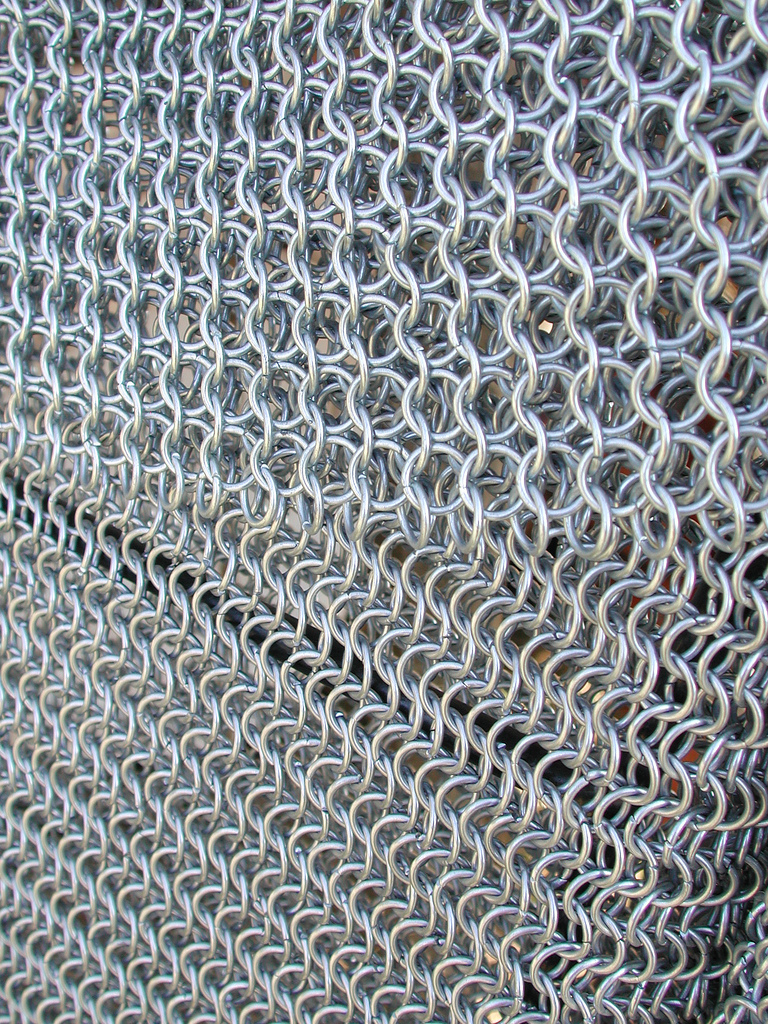
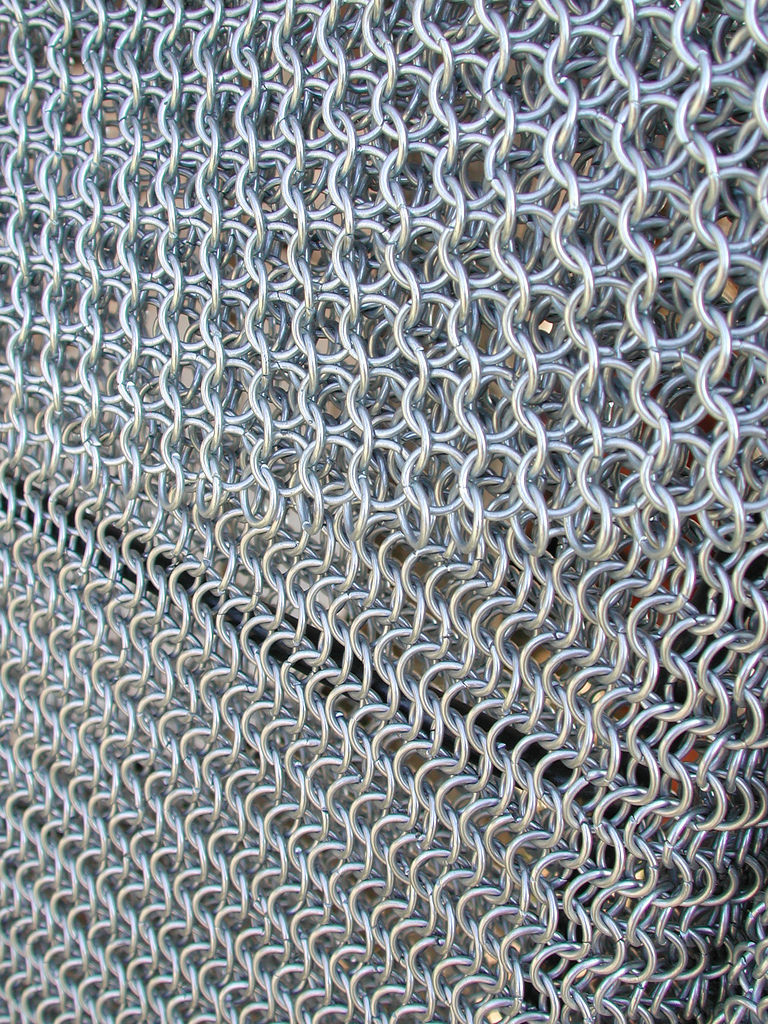

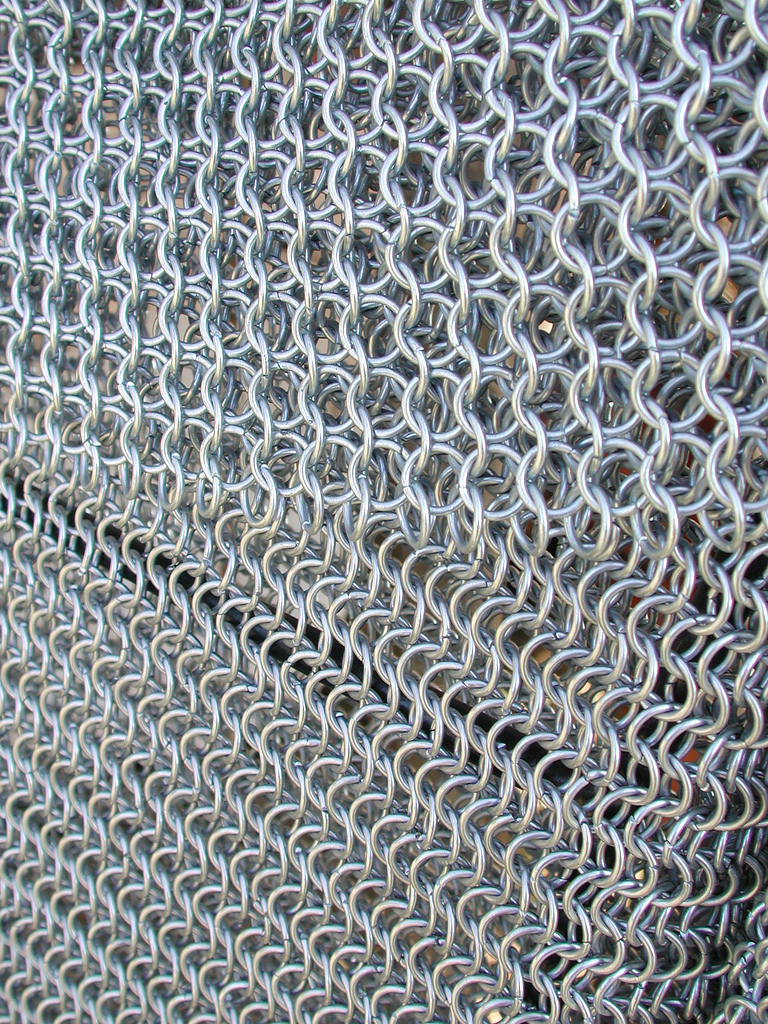
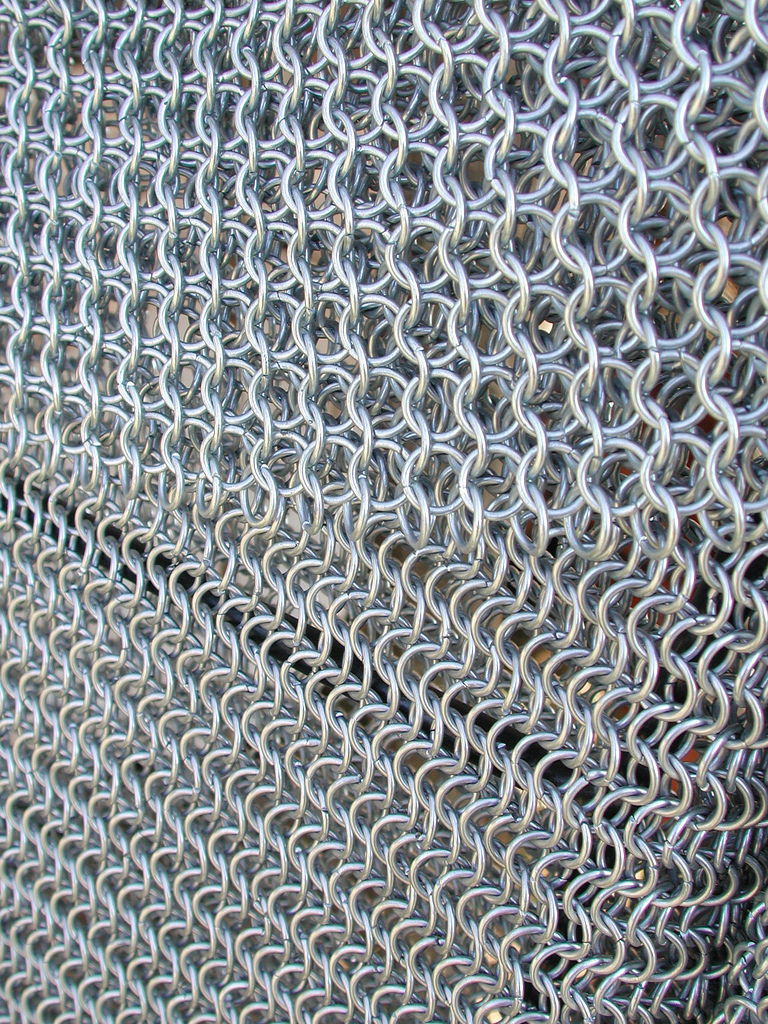
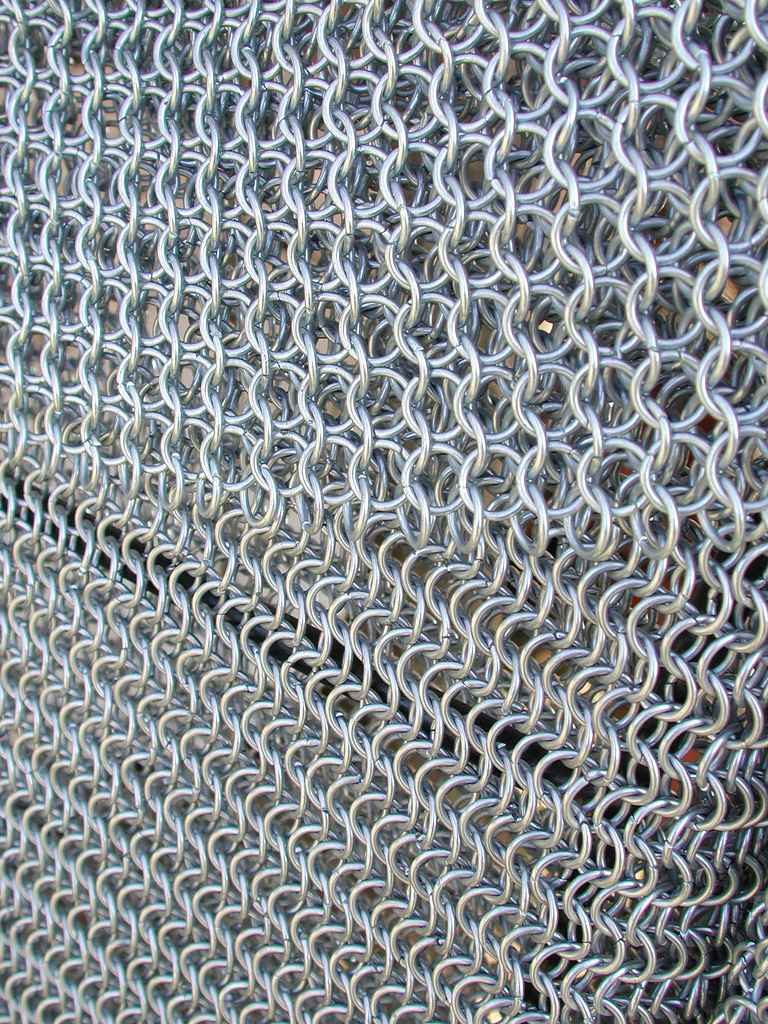
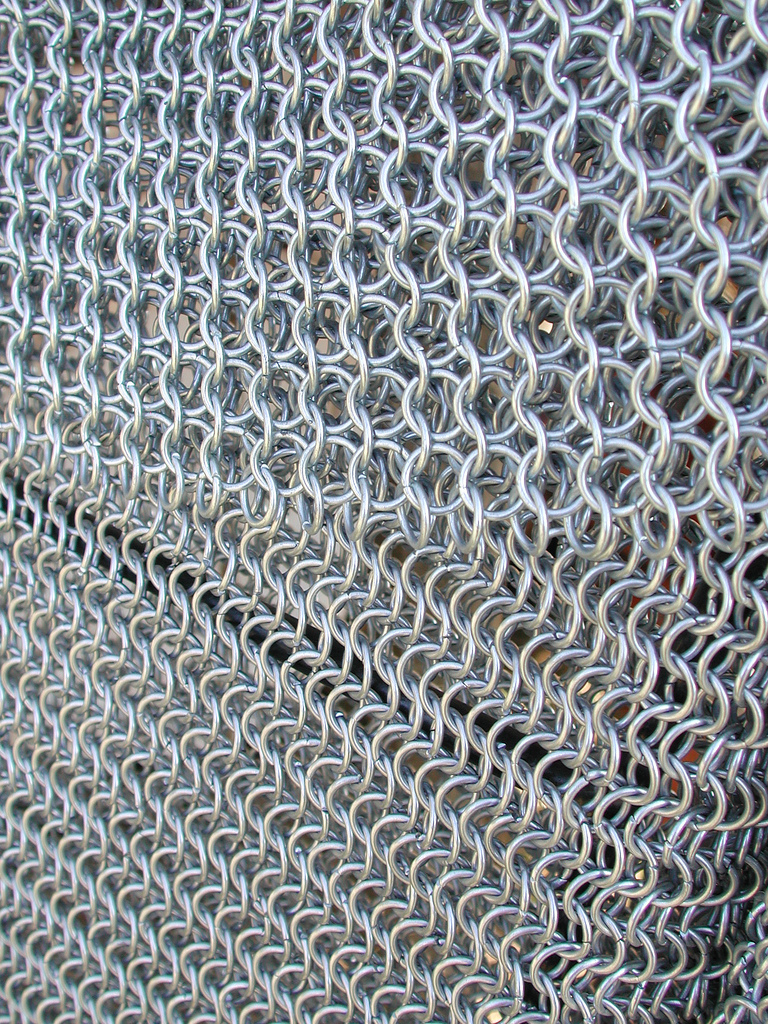
Listen, there’s something unsavory pooling in my joints. I am tired, in a deep way. And I have been thinking about it for some time; I believe I am beginning to know what this weariness is about:
I am weary of novelty.
I am weary of variety.
I am weary of the pressure to fill my life with new things to look at and listen to, to watch and touch and feel and know.
Put simply, I am weary of this culture in which we live, though that is a trite thing to say, and embarrassing to write. I can specify what kind of culture — postmodern culture; late capitalist culture; bourgeois culture; digital, internet, or network culture — and the statement still sounds mushy and clichéd. And yet my weariness is quite real. Every day these cultures demand I adopt the attitude of an itinerant explorer, seeking out new information and experiences to gobble up. The constant seeking is wearing me down. Or, more precisely, it is wearing me thin. My thoughts, my nerves, my blood, they are so thin these days: de-saturated and lacking in some vital nutrient whose name I’m beginning to forget. I pray I am not permanently malnourished.
It follows, naturally and mushily, that I am weary of the modes by which these cultures express themselves: the blurb, the list, the digest, the one-off, the one-nighter, the quick-hit, the quick joke. These modes of communication designed for easy consumption and cursory examination, these modes that leave me pale and anemic. That is also trite to say, but there is this anemia, which is altogether real. I increasingly resent these modes of expression, and worse, I resent them toothlessly, because they are increasingly standard. I try to avoid toothless resentments. They, too, can leave a person thin, full of wizened, bitter blood.
But there’s reason for hope. I have been cultivating, almost without noticing, a set of habits that might help me survive: I have been repairing myself with repetition. I stay at home and listen to single songs for weeks on end; I eat oatmeal three times a day; I have removed all the objects from my bedroom and painted it stark white. The room now looks like bones and, with its absence of things, makes my thoughts echo. I hide there most days, sheltered from the relentlessly novel goings-on outside my door. This room is the one place I know where things linger and time doesn’t trip over itself so thoughtlessly. I can only stay inside so long, though; I have a job and friends and must figure out how to move beyond these bone-white walls. So, I walk down the streets and wonder how to remake them in the image of my little echoing sanctuary.
I don’t believe I am alone in this wondering. When I venture outside, I often think I recognize my tired look in the eyes of some other person I meet. I see it and imagine that we’ve exchanged not just a glance, but a question: How can we repair the effects of all this novelty? It helps me to think that I am not the only one trying to answer this question.
______________________________________________________
Every day these cultures demand I adopt the attitude of an itinerant explorer, seeking out new information and experiences to gobble up. The constant seeking is wearing me down.
______________________________________________________
I’M WRITING THIS, I NOW REMEMBER, FOR AN ARTS JOURNAL, a space that is most often populated by timely show reviews and profiles of up-and-coming artists, by the news of our cities’ cultural communities. This journal is published online and thus subject to an expectation for images and hyperlinks, to a mandate for variety and breadth. If it feels unnatural not to write about something novel, varied, and new here, then perhaps it is a very good place to think about questions of repetition and repair. Even if I’m not sure how to begin.
Though I do have one idea.
This morning, over a bowl of oatmeal, I had a vision of an object I haven’t seen in years, an old chain-mail coat housed at a local museum. Some time ago I lived near the museum and visited it regularly. That object gave me a mute comfort I have never known how to articulate. Maybe now is an appropriate time to try, because the coat and I share a worldview these days. Like me, it is spending its days in a room with very white walls. And there is nothing timely or novel about it: it is exceedingly old, its texture uniform and rhythmic. Yes, I’d like to visit it again; and again, in fact. I’d like to visit the coat every day until I publish this essay. As long as I don’t set rules for myself, turning my visits into a gimmick, I might be able to avoid novelty. I will simply be spending time with an object I know well. I will see what emerges when I am able to linger and think. Perhaps after a while I’ll find an answer to my question of repair and it will be something worth repeating.
Day 1.
I was correct in remembering it as mute: this coat is all silence. There are very few things in the world that are so silent. Potatoes come to mind, as do rocks, bone-white rooms, and a person’s dumb brow upon waking. How can I talk about this muteness? It is mute because I look at it and forget every reference it should evoke; I forget every tale of every medieval hero I’ve ever heard. I see sober metal, patterned expanse, a tight wire-linked logic. This coat has an existence of its own, beyond the body that once wore it and my urge to weave it into a present-day chain of associations. It is indifferent; it is mute. I shiver and wonder what it means to be comforted by something so cold.
Day 2.
If I must think about people in relation to this coat, I think about hands. This meticulous coat was made by a set of hands well-acquainted with repetition. It takes faith to commit to singular actions, especially when they accumulate so slowly. Understand that I am not interested in the person to whom these hands belonged. I don’t want to know about that person’s family, personality, or home. I want to know about the hands and the part of the mind that forced the hands, against each twinge of boredom and distraction, to bend another link into place, and another. What kind of faith it took to imagine a steel shoulder or arm long before either actually appeared.
Day 3.
I’m reminded, the more I examine the craftsmanship of this coat, that there was a time when chain mail was standard. There is a poet and essayist I love for her strange way with words. She writes in odd syntaxes with surprising language; her work seems utterly original. When she is not writing creatively she translates ancient Greek texts, a fact I never contemplated much until one day while reading an old epic poem. I recognized the tone and off-kilter images instantly as hers. It is good to be reminded that old things had a culture and were once timely, too, and that some weary medieval peasant might have seen this coat on a soldier passing by and thought: ugh.
Day 4.
There is one guard who is keeping an eye on me. I have seen him every day I’ve visited the museum, and he seems to find my persistent interest in the coat untoward. The first time I planted myself in front of it, he frowned and fidgeted like a skittish horse. Within a few short days he has grown overtly hostile. He has taken to staring, sighing loudly in my direction, and standing with his arms clamped tightly across his chest. I’m sure in a few days he will approach me and say something. Then I will be forced to make my humble case: to be allowed to linger with the coat.
Day 5.
Perhaps the guard is right to be suspicious. Since I started visiting the coat I have been acting out publicly. I favor garish orange lipstick and respond to questions directed at me in rough grunts. Yesterday I left eight rows of eight immaculately balled paper towels on the sink in the museum bathroom. It seems I’m losing my social mores, as though novelty is a social glue from which I am coming unstuck. And the longer I stay with the coat, the less I want to re-adhere. Do I want others to come unstuck with me? I think so, though I am beginning to feel armored and impervious. Which will be helpful if no one else is interested in repetition, this surprising un-glue.
Day 6.
I can reassure potential converts that the switch needn’t be hard. Repetition is not as monotonous as one would think. I have many ways of being repetitive with the coat. I am forming habits, becoming disciplined, developing preferences, noticing patterns, forcing myself to stand still. Each day I see the coat again we recalibrate to a newly repeated relationship. Each day I see the coat I reassess the terms of my singular faith.
Day 7.
Of course, at times this faith falters. I have nothing today but an urge to look at anything, anything other than the coat. I am standing in front of it, numbly running my eyes over link after stupid, endless link. The museum air is stiflingly still. Even the guard seems complacent. I can’t take it any longer. I take a deep breath and, rocking on my heels, take off running through the galleries. I don’t even know what I’m looking for except that it must not be the coat. On a whim, I stop in front of a giant tapestry. It is perfect: a depiction of Odysseus’ journey through the sea. So colorful, so narrative, so vitally — novel doesn’t begin to cover it — different. So vitally different. And I am grateful.
Day 8.
On my last day with the coat, I am not sure how to measure what has been accumulating. I am standing in front of it feeling a bit lost. It seems arbitrary to end our relationship now, but I owe my editor an essay tomorrow. So, arbitrarily and necessarily, the coat and I must say goodbye. I stare at it, and stare, resolved to keep doing so until I know how to say my goodbye properly. I stare for what must be twenty minutes, and then at once I know how to end this exercise in repetition. If I have learned anything, it is that repetition is a complicated task. It is not pure and does more than accumulate: repetition carries, even as it acts to preserve, the seeds of transgression and transformation. My goodbye gesture, then, will have to acknowledge the impurities and excess of my repetitive behavior, its moments of rupture, difference, challenge, and change. With a tingle of anticipation I crane my neck over my shoulder and see that the guard is still watching me. I smile at him with all my teeth, then turn back to the coat and grab its hem with my whole hand. I’ve spent quite some time with it, so it’s mine, after all. I hear the guard’s feet hit the linoleum in an angry stride, waiting for the new feeling of rough hands on my shoulders, wondering if this is the sort of repair I sought.
_____________________________________________________
This essay was originally published on November 17, 2011
Miranda Trimmier spends a lot of time reading, writing, and making things, and is well-acquainted — for better or worse — with repetition.